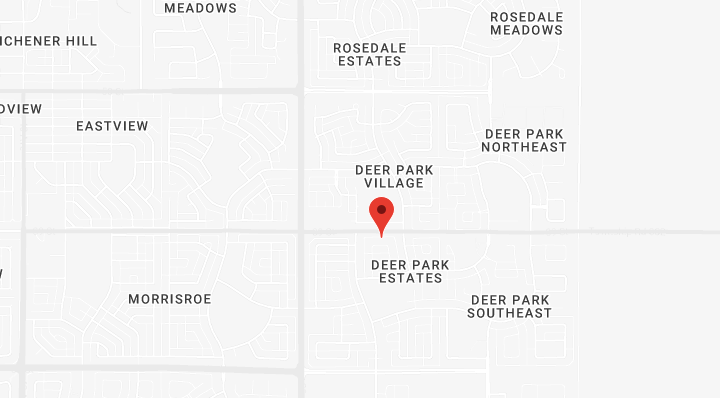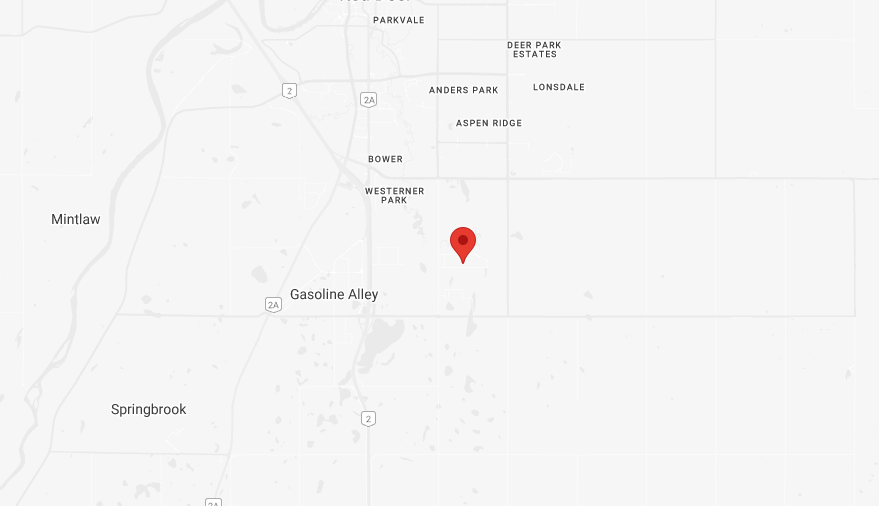The PuroClean Blog
The Main Differences Between Ionization and Photoelectric Smoke Alarms
Smoke alarms come in two kinds: ionization and photoelectric. Depending on the source of the smoke, one type of alarm gives a faster warning compared to the other. Here are the photoelectric vs ionization smoke detectors differences, and why homeowners should have both types installed in their home.
Photoelectric vs ionization smoke detectors
Ionization Smoke Alarms
- These types of alarms respond faster to flaming fires, meaning fires that produce a high amount of heat. An example would be fires started when a candle tips over and ignites a curtain.
- Thus, ionization smoke alarms work best in rooms where you put highly flammable items like grease, paints, or papers.
- Ionization-type smoke alarms have a small amount of radioactive material (Americium-241) between two electrically charged plates. When smoke enters the smoke alarm chamber, the radioactive material reacts in such a way that it triggers the alarm.
Photoelectric Smoke Alarms
- Photoelectric smoke alarms respond faster to smoldering fires, meaning fires that burn slowly and create less heat.
- One such type of fire can occur when a cigarette falls onto a couch cushion. Smoldering fires may fill the home with a ton of smoke before flames appear.
- Photoelectric smoke alarms have a different mechanism for detecting smoke. The smoke alarm chamber has a light that is reflected onto a light sensor when smoke enters the chamber, activating the sound of the alarm.
Use both photoelectric and ionization detectors in your home
- Both types of smoke alarms have their advantages. That’ because both flaming and smoldering fires can occur in your home.
- While an ionization alarm will eventually detect a smoldering fire, it will do so more slowly than a photoelectric alarm. Thus, it’s best to use a combination of ionization and photoelectric smoke alarms to receive the fastest warnings.
- Those who have ionization smoke alarms in their homes should install separate photoelectric alarms or vice-versa. Checking for the type of smoke alarm is simple. Either look in the owner manual or take the smoke alarm down and look at what it says on the back. It should say “Photoelectric” or “Ionization”, or even “P” or “I”.
- Alternatively, the existing alarms can be replaced with combination alarms that include both technologies in a single device.
- Both types of detectors should be installed in every bedroom, outside each sleeping area, including the basement and on every level of the home.
In the unfortunate case that a real fire broke in a home, our services can help bring back the property. For fire damage repair or smoke damage restoration, the PuroClean restoration experts are standing by.
April 10, 2020



